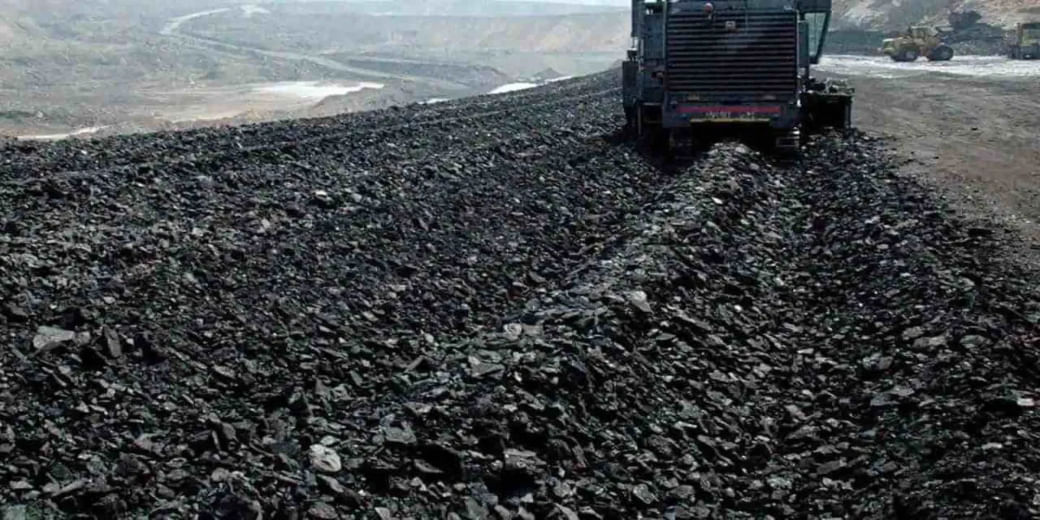Stock at Stake: Challenges in Managing PSU Giant Coal India Limited
PSUs are like extensions of government and their objectives also include the betterment of society besides profit. Coupling this with the social and political dynamics of the area. It needs to be seen how CIL will attain cost leadership by modernizing

In the News
Coal India is in the news for various reasons. FTSE has increased its free float. The government sold 3% stake in Coal India to raise Rs 4,185 crore. After this government holding has fallen to 63.13%. At the same time, Coal India is going to increase its Under Ground mines production by FY28 to 100 million tonnes. Coal Minister Pralhad Joshi stated “We want to increase the share of UG mining of coal to build an Atmanirbhar Bharat with a sustainable mining sector. By 2030, we want to take the share of UG mined coal to 10% (from the current level of 4%). Coal India has prepared a road map”. Still share traded at Rs 228 and has given negative returns in the last 1 month upto 9th June 2023.
External Outlook
Indian economy is growing and that means the need for fuel. Coal is one of the major sources of fuel in the country accounting for 55% of energy needs. India is 2nd largest coal producer in the world and Pralhad Joshi recently informed that by 2026 country can even start exporting coal. Even though there is a huge focus on alternative energy still coal would remain relevant for a long time.
Company Profile
Coal India Limited (CIL) is public-sector enterprise and one of the world’s largest coal producers. It produced 703 million tonnes (mt) in FY23. The company aims to increase production to 1 BT by FY26.
318 mines (As on 1st April 2022)
– 141 (Underground)
– 158 (Opencast)
– 19 (Mixed)
21 Training Institutes
76 Vocational Training Centres
10 Subsidiaries
– Eastern Coalfields Ltd.(ECL)
– Bharat Coking Coal Ltd.(BCCL)
– Central Coalfields Ltd.(CCL)
– Northern Coalfields Ltd.(NCL)
– Western Coalfields Ltd.(WCL)
– South Eastern Coalfields Ltd (SECL)
– Mahanadi Coalfields Ltd.(MCL)
– Central Mine Planning & Design Institute (CMPDIL)
– CIL Solar PV Limited , Kolkata
– CIL Navikarniya Urja Limited , Kolkata
Shareholding Pattern (As on 31st March 2023)
Growth Triggers
– Company looking to expand its business amidst expectation of high demand
– Company has given sales guidance of 750MT in FY24 and 800 in FY25
Competitive Advantage
– Coal is a commoditized business so size provides economies of scale advantage. Since CIL is a dominant player in business it has economies of scale advantage
– Focusing on productivity, digitization and using advanced technologies can provide cost leadership
However, as size increases managing the firm becomes more complex. The company has to manage the interests of various internal as well as external stakeholders (Also include labor unions, the general public). At the same time, bureaucracy tends to increase.
PSUs are like extensions of government and their objectives also include the betterment of society besides profit. Coupling this with the social and political dynamics of the area. It needs to be seen how CIL will attain cost leadership by modernizing
Risks
– Volatile coal prices
– High dues from Power companies
– Emergence of alternative energy sources. Although the company is looking to diversify into Solar Generation and Aluminium Value Chain but it is too early to say anything about their success
– Moral Hazards can prevent modernization and cost leadership
Financials (Consolidated)
Valuation Ratios
Brokerage Targets